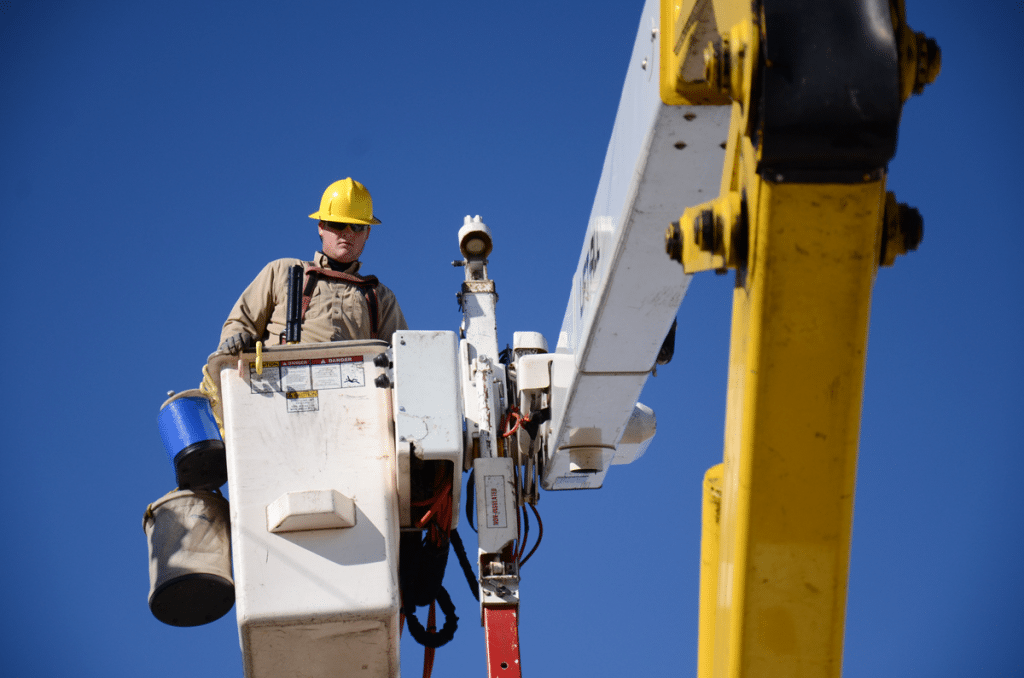It’s an all-too-common refrain these days. Ask a friend how he or she is doing, and you’ll hear, “Oh, I’m doing great. I’m really busy these days.” That’s a much different response than, “Good, thank you.” Or, my grandfather’s favorite response, which was, “Finer than a frog hair split four ways — and that’s mighty fine.”
In addition to expressing the overwhelming flood of activities and demands of their time, I think people are attempting to communicate their own value and importance. Regardless of their motives, however, this focus on busyness demonstrates to me that many people nowadays are focused on the here and now. I know that is true of me; when somebody recently asked me about meeting for lunch, I responded, “Man, I don’t know what I’m doing tomorrow, much less next week!”
I think you would agree that it is vitally important for all of us to take some time to plan for the future. But if you are a utility providing essential services that power the lifeblood of today’s economy, failing to plan for the future could harm entire communities and thousands upon thousands of people.
Your hometown electric cooperative knows this very well. Across the state, electric co-ops are grappling with big questions that will impact us for decades to come. These big questions require lots of study, planning and experimentation to get things right. For example, as the energy industry continues to change and innovate, more and more Tennesseans are becoming interested in how they can be a part of the clean energy future. Dropping prices on solar panels has made unsubsidized solar installations affordable for some people, and a number of cooperatives are examining ways to help more of their members participate in solar.
I’m a proud participant in my co-op’s community solar program, which has allowed me to purchase two panels and receive the benefit of their energy production. And since they are located in a solar farm built and maintained by my co-op, I don’t have to worry about attaching anything to my roof or replacing expensive components after a few years. Other co-ops in the state have built, are building or are currently considering bringing this easy, efficient way to go solar to their members, too.
Similarly, co-ops have become leaders in building and implementing smart grid initiatives. Investments in technologies and programs like automated meter reading, voltage reduction and demand response mean that utilities can do more with fewer resources. This means more efficient operations and lower costs — which ultimately lead to lower bills for you and your family. Automation is probably the most exciting part of smart grid. I think we can be excited by the fact that many co-ops now know when there is a power outage before you do. The problem is usually fixed before you know there is one, sometimes in fractions of a second, and all you might notice is a blinking alarm clock.
Fundamental to implementing smart grid technologies or building solar energy capacity is high-speed, low-latency telecommunications. This is why many of you have heard about your co-op installing fiber optic cables across your community. We know that steam power built the ultrareliable electric grid over the past 100 years, and we believe fiber will keep it running over the next 100.
There are lots of big jobs ahead for your co-op. So the next time you ask a lineman how he is doing, don’t be surprised if the answer is, “We are really busy!”



